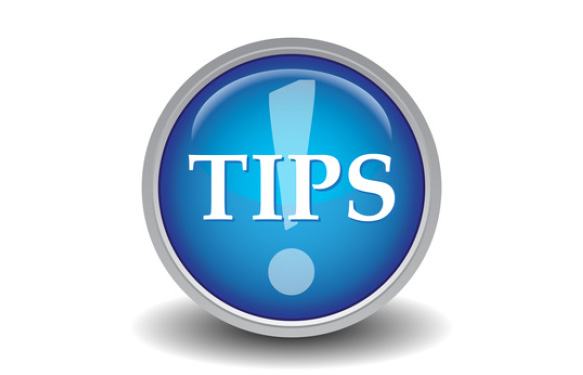In a previous post on Cellular Matrices for Translational Research, I introduced HyStem hydrogels. In order to engineer a custom culture system with HyStem, simple pilot studies or optimization assays can be tested to determine the appropriate parameters for each experiment. Below are some tips and guidelines for optimizing basic variables that can have a significant impact on the hydrogel properties and overall cell culture conditions.
Gel Stiffness and Gelation Time
Gel stiffness and gelation time can be customized by adjusting the relative concentrations of the hydrogel components. In an optimization assay, start with a more concentrated solution of the Hyaluronic Acid (HA) biopolymer and dilute with PBS to determine the optimal condition for each cell type.
Crosslinkers can also be used to tune the gelation of the hydrogel. It is important to adjust the amount of crosslinker used with respect to the concentration of the HA biopolymer in order to achieve the appropriate gel stiffness and gelation time. By simply adjusting the final crosslinker concentration, HyStem hydrogels can be fine tuned to be soft substrates, to more than ten times stiffer. Further increases in stiffness can be achieved by increasing the HA concentration as well, resulting in a much more customizable 3-D platform than other commercially available matrices. The exact amount of time for the hydrogel to become viscous and gel is dependent on multiple variables. To adjust the gelation time of the hydrogel matrix, the following parameters can be tested and modified:
- pH of Glycosil + Gelin-S solution
- Ratio of Glycosil to Gelin-S
- Ratio of Extralink to Glycosil + Gelin-S
- Extralink concentration by adjusting the amount of liquid used for resuspension
Below, you’ll find data demonstrating how the gelation time varies with different conditions. The gelation time is very pH sensitive – the higher the pH, the faster the gelation time. The data presented is for Glycosil only hydrogels but applies equally to those made with Heprasil. The same trend holds for hydrogels containing Gelin-S .
Glycosil, mL |
Extralink, mL |
pH |
Gelation, min |
| 0.5 | 0.125 | 6.76 | 0:50 |
| 0.5 | 0.125 | 7.07 | 0:32 |
| 0.5 | 0.125 | 7.28 | 0:23 |
| 0.5 | 0.125 | 7.60 | 0:12 |
| 0.5 | 0.125 | 8.59 | 0:02 |
![]() If the gelation time is critical for your experiment, I would recommend that you conduct a bench top gelation test before using the hydrogels for in vitro or in vivo experiments.
If the gelation time is critical for your experiment, I would recommend that you conduct a bench top gelation test before using the hydrogels for in vitro or in vivo experiments.
Cells
The cell type used in each experiment may require additional consideration when optimizing culture conditions and formulating hydrogel matrices. Especially for 3D encapsulation of cells, the optimal cell density may also be a factor to consider.
The addition of thiol-modified collagen (Gelin-S) in the hydrogel provides attachment sites and acts as an excellent foundation for many adherent cell types, including mesenchymal stem cells, endothelial cells, adipocytes, and hepatic cells. Certain adherent cell types may require a specific amount or type of attachment site to covalently link to the matrix. In this case, the collagen concentration can either be increased or replaced with a different protein containing a maleimide, thiol or acryl group.

Proteins and Growth Factors
Proteins smaller than 75 kDa that are not covalently linked to the hydrogel will elute out of the gel matrix via diffusion.
The rate of release can be adjusted by changing the concentrations of the components in the hydrogel formulation. For example, increasing the concentration of Glycosil will increase the amount of crosslinking within the gel, causing a reduction in the rate of protein release.
Incorporation and release of growth factors and peptides can be easily controlled by the addition of thiolated heparin to the HA biopolymer base (Heprasil). The immobilized heparin in the Heprasil component of the HyStem-HP Hydrogel Kit serves to mimic the heparin sulfate proteoglycans normally found in the ECM, and acts to slow the release of growth factors from the matrix while preventing proteolysis.

They can be used to culture cells in a 2D environment on cell culture plates, to encapsulate cells in a 3D ECM in vitro.
Interested in hydrogels in your experiments?
Leave your comments our queries below, or get in touch with the cells experts at tebu-bio.


